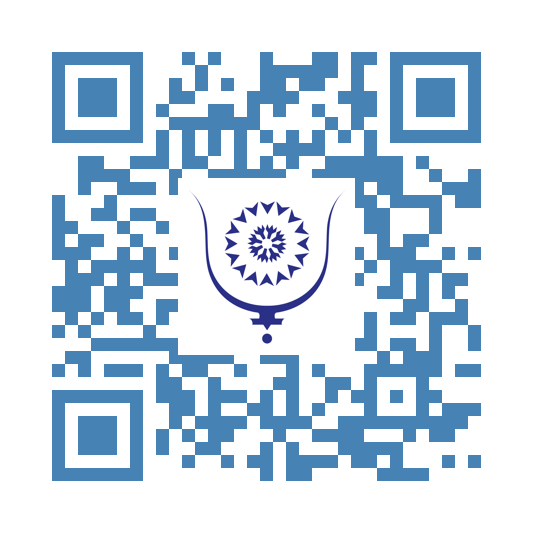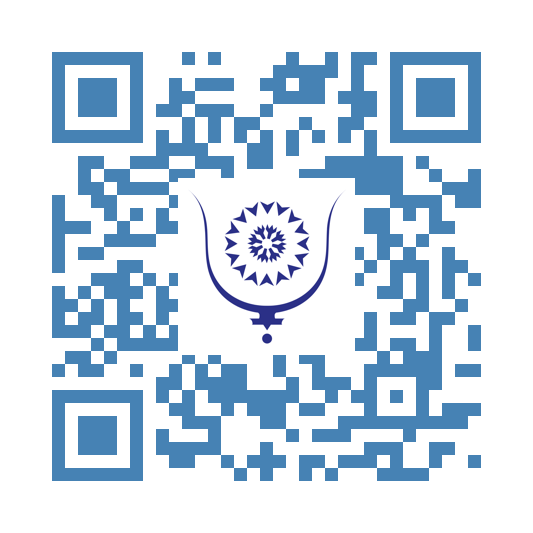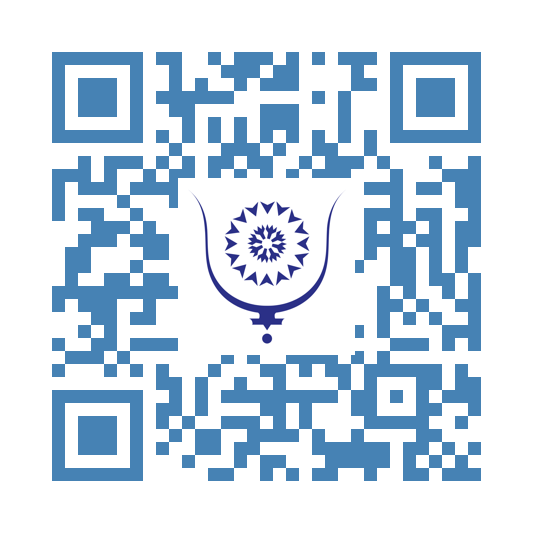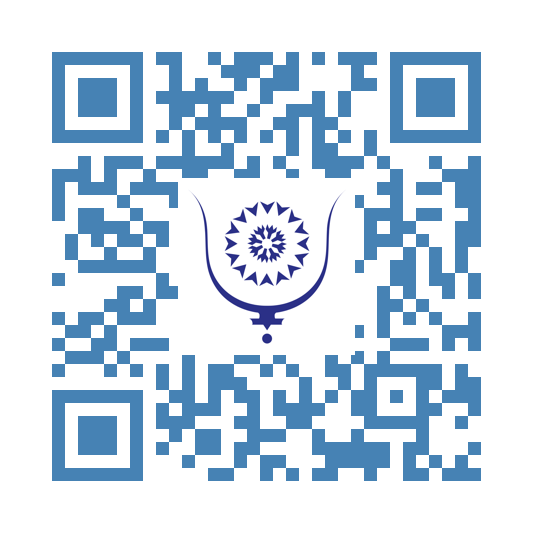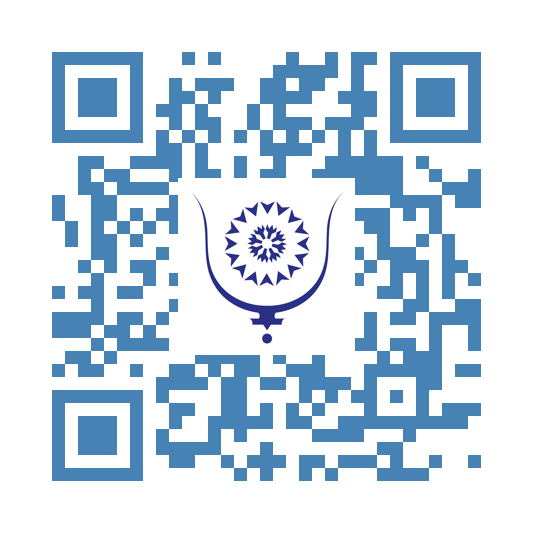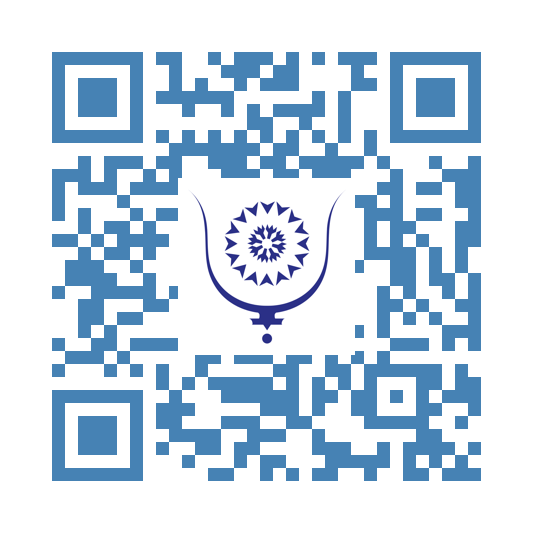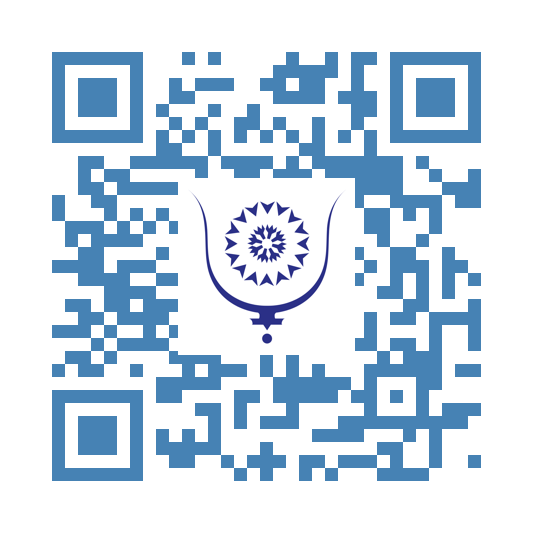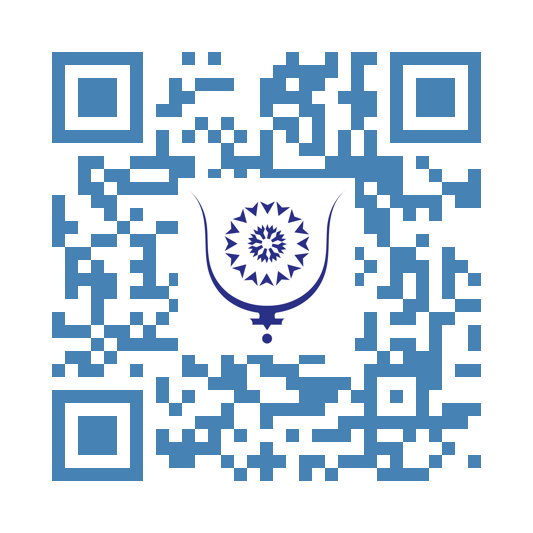Journal de voyage #5: Indonésie 3010
Le vol de Brisbane à Denpasar en Indonésie a été une formalité comparé au trajet précédent. Ce n’est pas sans nous déplaire. Nous passons juste une Nuit dans la région de Kuta sur l’île de Bali puis prenons un ferry pour la petite île de Nusa Penida où nous planifions de rester une semaine.
Nos lectures ne nous ont pas induit en erreur, c’est effectivement une petite île très agréable, même si un peu plus cher que Bali. En marchant le long d’une route nous passons devant une toute petite boutique indiquant des activités touristiques comme plongée masque et tuba, visite de sites, location de scooter. Une très belle rencontre s’en suit. C’est en fait un petit entrepreneur local qui propose ses services. Nous réservons notre scooter familiale pour le lendemain, une visite de l’est de l’île et une excursion en bateau avec plongée masque et tuba. Cette dernière est un des moments les plus mémorables du voyage. Nager dans l’océan, proche d’une falaise, dans des houles d’un mètre de haut et pour couronner le tout, une dizaine de raies manta dansant sous nos yeux.
Comme je l’ai mentionné à la fin de l’article précédent, c’est la saison des pluies ici. Cependant, aucune de nos activités n’a été gâchée par la météo. Il a plu de temps en temps, des pluies fines, des torrents par moments mais nous trouvions toujours un moment pour aller nous promener sur une plage, une falaise, faire un tour en scooter.
Nous avons notamment visité Cristal Bay qui semblait être une des plages a ne pas manquer. Selon moi elle n’en vaut pas la peine. La plage est sale et en arrière beaucoup de boutiques et de warungs (petits restaurants/boutiques pas chers) gâchant le paysage. Si l’on n’observe que l’océan et les rocher par contre c’est effectivement magnifique. Ce n’est pas le seul endroit où, pour en profiter et apprécier le paysage, il faut faire abstraction d’un certain nombre de déchets ou constructions dédiées aux touristes à la course aux belles photos surfaites et artificielles (balançoires, nids et coeurs en bois, bancs sculptés etc.). C’est dommage…
Tous les endroits ne sont heureusement pas affectés. Un matin, nous discutons de nos plan quelques minutes avec la personne a la réception. Il nous indique un coin un peu moins touristique mais qui vaut un léger détour sur notre chemin: Tembeling Beach. Nous visitons Broken Beach, selon nos plans en premier. Pour ce deuxième arrêt, la portion finale du trajet se transforme en terre avec des pentes très raides. On fait du scooter tout terrain! Nous finissons a pied, en descendant des escaliers pendant un peu moins de 15min. Quel spectacle! une plage cachée entre les falaises avec certains rochers arrivant proche de l’eau formant une piscine d’eau douce au bout d’une rivière. Cette piscine est semi naturelle car on voit quelques tuyaux dirigeants l’eau de la rivière précisément vers elle et quelques consolidation de rochers. Cet endroit est magnifique et nous n’y croisons pas plus de quelques personnes.
Arrive ensuite la veille de Noel. Un de nos derniers jours sur Nusa Penida. Pour la première fois depuis longtemps nous décidons de ne rien faire du tout. Une fois de temps en temps ça ne fait pas de mal. Un peu de planification de voyage, des jeux, un film en famille, baignade dans la piscine et un restaurant en bord de falaise le soir avec un coucher de soleil fabuleux.
Nous devions ensuite aller visiter l’île de Lombok. En discutant avec les locaux, toujours de bon conseils jusque là, nous avons changé les plans. Sans visiter Bali, nous manquerions selon eux une chance de découvrir tout un pan de la culture. Lombok offrant principalement les mêmes activités que Nusa Penida, sur une plus grande surface. C’est à dire: plages, falaises, randonnées et sorties de plongée.
Nous traversons donc vers Bali avec le même ferry qu’à l’aller. Nous réservons une guest house pour 6 jours à Ubud. Une superbe maisons chez l’habitant en retrait de la route principale. Le taxi ne peut pas nous y amener, nous finissons a pied dans une ruelle, puis le long d’une petite rizière sur un chemin pavé avant d’arriver dans une maison constituée de plusieurs bâtiments. Les chambres sont assez isolées et les salles de bains sont ornées de moulures. Les petits déjeuners offerts sont plus que copieux, a tel point que nous n’avons presque rien mangé les midis tout le long de notre séjour.
Une journée nous suffit pour découvrir les zones d’intérêts de la ville à pied: temples, boutiques, marchés etc. Les autres jours nous louons des scooters pour aller visiter les environs. Des rizières, la forêt de macaques à longue queue de Sangeh, des chutes d’eaux et des temples. Les premiers jours, la ville fourmille de touristes qui s’agitent à l’approche du nouvel an. Une fois le nouvel an passé les embouteillages diminuent. Le scooter familiale restera une de mes activités préférées peu importe les conditions (embouteillages, pluies).
La prochaine étape de notre voyage est à nouveau une guest house à Munduk, plus dans les terres à côté du mont Batukaru. C’est justement pour lui que nous venons, nous planifions une journée de randonnée pour l’aller-retour au sommet. Il y a plusieurs points de départ. Sur internet nous trouvons une randonnée d’environ 5h30 qui fait justement le trajet jusqu’au sommet. Nous n’avons pas été déçus! Une des randonnées les plus difficiles de ma vie. un peu plus de 3km aller et 1100m de dénivelé positif. Le reste de la famille s’est arrêté à un peu plus de la moitié mais mon orgueil me pousse à aller jusqu’au bout. Je laisse le pique nique et l’eau, prenant simplement mon poncho en cas de grosse pluie. Je finis par les rejoindre un peut avant leur arrivée. La vue d’en haut étant assez jolie mais partiellement couverte. Les photos ne sont pas exceptionnelles mais ce n’était pas la raison de mon ascension. Ça faisait longtemps que je n’avais pas eu l’occasion d’être poussé à mes limites pour un effort physique. Et ça fait du bien!
Nous finissons par quelques jours au sud de Tanah Lot. Le temple est très beau mais, tout comme le reste des activités touristiques gâché par des artefacts pour touristes superficiels. Nous avons trouvé un hôtel à dix minutes de marche de l’océan, dans la région de Canggu. C’est un gros changement de cadre tout de même. Des salles de sport et restaurants surfaits, visant toujours un certain type de tourisme, qui ne nous correspond pas du tout.
Je ne voudrais pas finir sur cette note négative par contre. Notre séjour à Nusa Penida et Bali a été une expérience extrêmement enrichissante. Nous avons fait de très belles rencontres avec des locaux. Des échanges toujours très agréables. Les paysages sont également époustouflants, a condition de sortir un peu des destinations touristiques en vogue.
Il n’y aura pas de prochaine destination avant au moins quelques mois puisque nous sommes maintenant rentrés chez nous. C’est la fin de notre aventure en famille mais loin d’être la fin de nos voyages!


